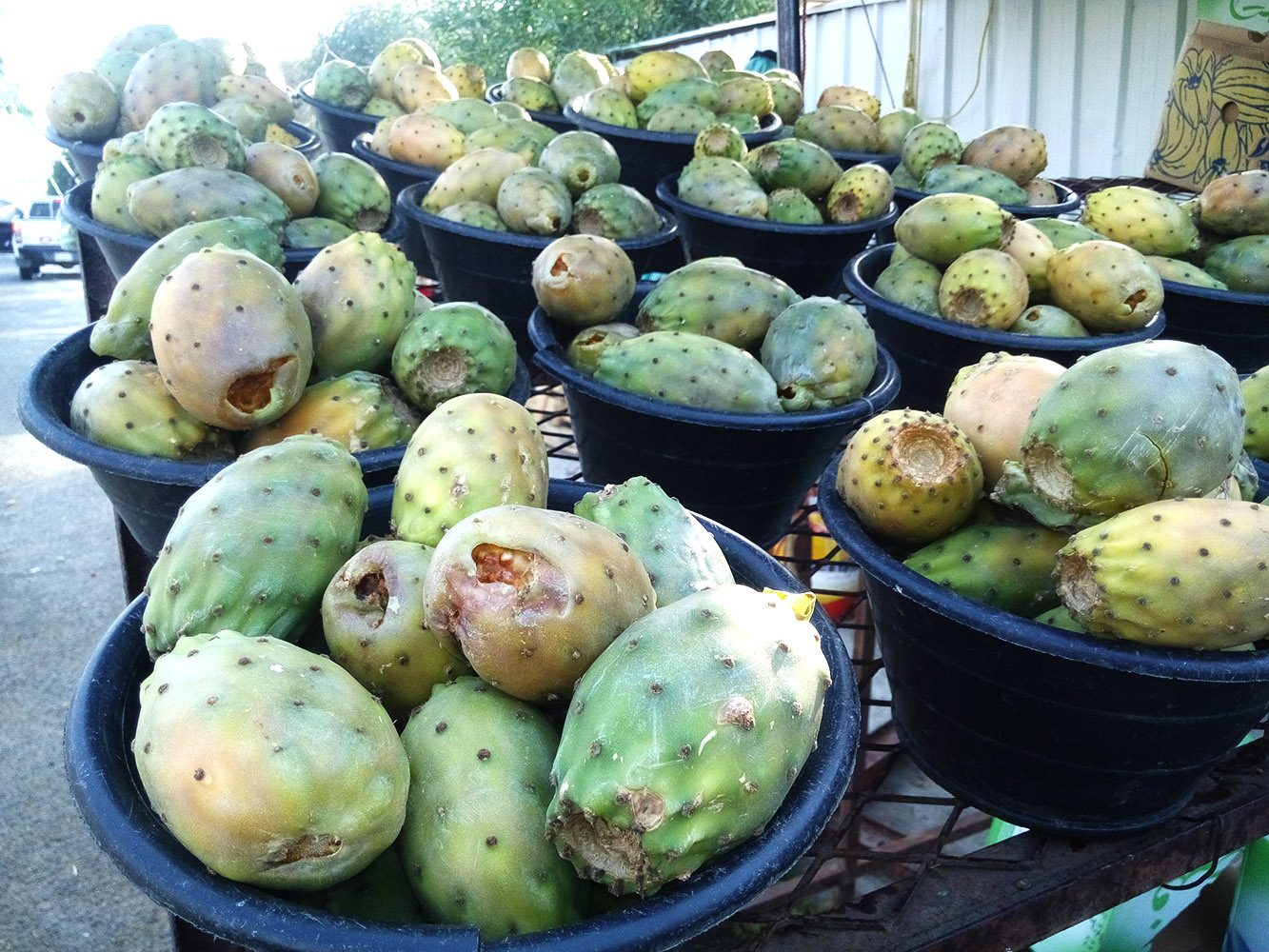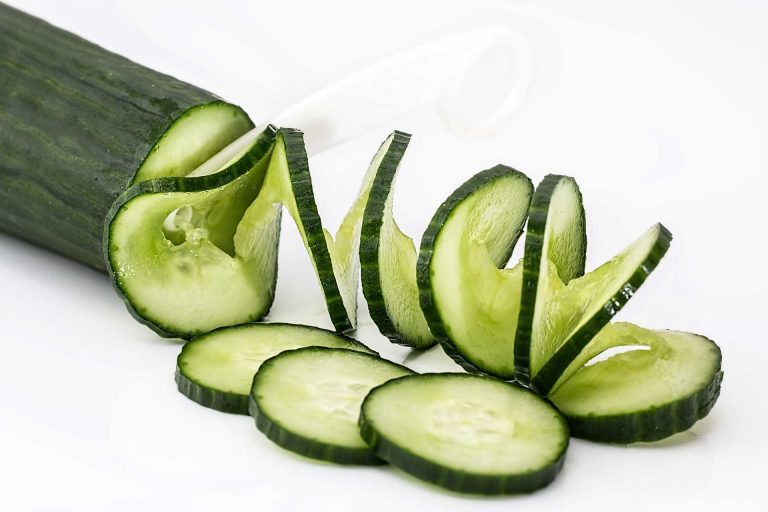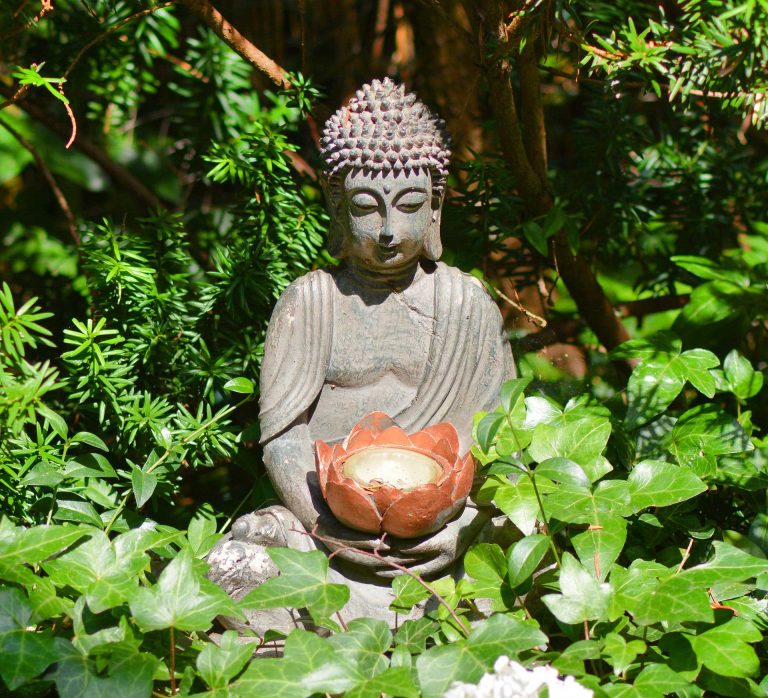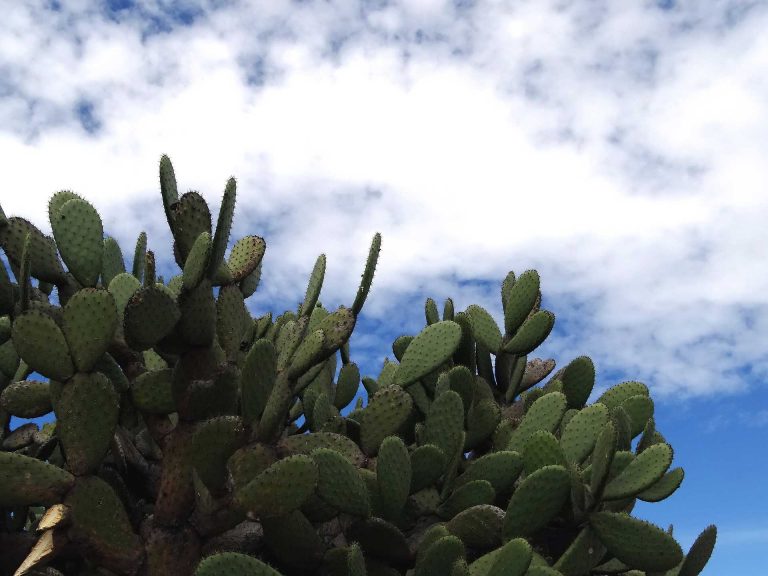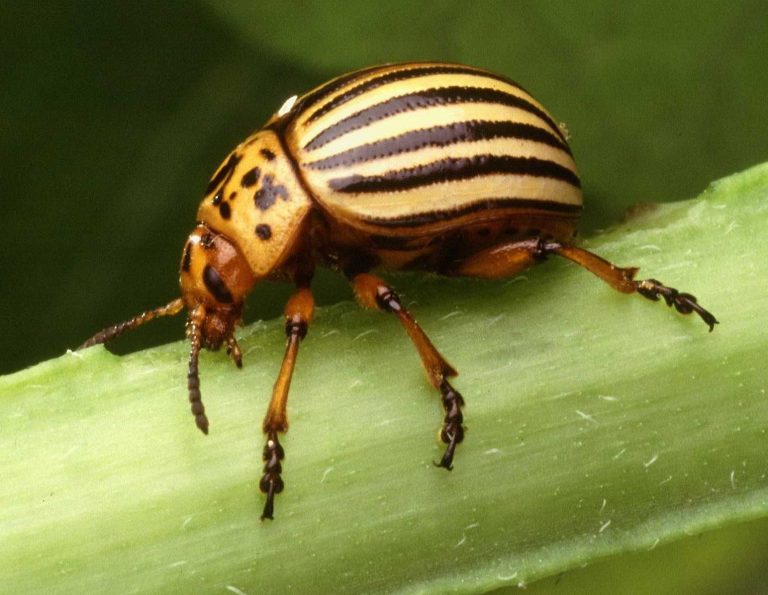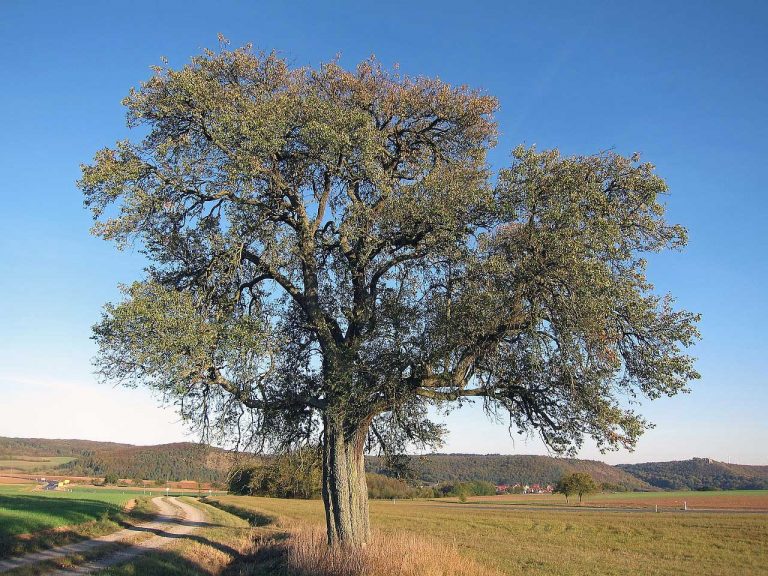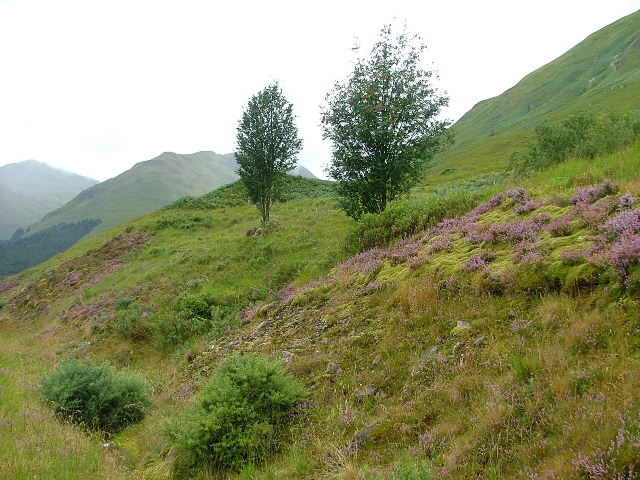Cactus Fruit
Cactus is a dangerous plant because of its sharp and needle like thorns. Fruits of the cactus plant are very tasty. Indian fig Opuntia is the most edible species. The term “Prickly Pear” refers to this species which has most culinary uses. Prickly Pear is known as a nutrient rich fruit of the plant cactus It is Native to the Sonara Deserts in New Mexico, parts of California and New Arizona. In the British Virgin Islands it is used as a main ingredient of a popular Christmas beverage called “Miss Blyden”. This fruit contains pectin and fiber, and these are helpful in decreasing the absorption of sugar in the intestine and stomach.
History
The genus Opuntia is named after “Opus”, an ancient Greek city, where, according to Theophrastus; an edible plant grew and could be propagated by rooting its leaves. In the 18th Century it was originally imported into Australia for their gardens, but later, it was used as natural agriculture fencing.
Anatomy
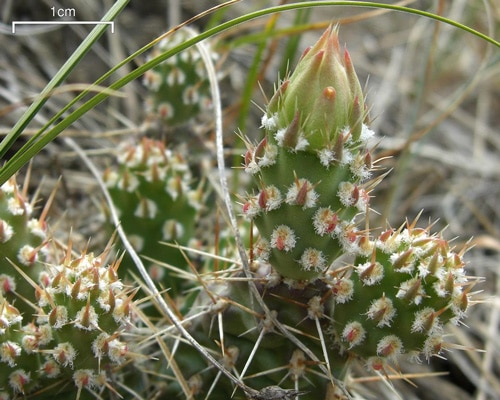
Prickly-Pear – Photo by: Jason Hollinger
Prickly Pear typically grows with rounded and flat Cladodes (Wiki dictionary: A flattened organ arising from the stem of a plant). that are also called Platyclades. And they have two kinds of thorns, fixed and small thorns and large and smooth ones. Hair like prickles are called Glochids, they easily pierce skin and separate from the plant. Many kinds of Prickly pears grow in tangled and dense structures. It is Native to America, but it has been brought in other parts of the world.
Habitat
In Mexico, the Caribbean Islands and in western and Central Regions the species of Prickly pear are found in large quantities. It is native to areas of the arid western United States and also to lower elevations of the Rocky Mountains. It is also common in the sand dunes and dry hills of the East Coast and from Florida to Connecticut. It also occurs in isolated areas of Southern Ontario from the Southern great lakes.
Six different species of Opuntia are found in the Galapagos Islands, and they are: O. Gelapegia, O. Insularis, O. Echios, O. Megasperma, O. Helleri and O. Saxicola. These species are further divided into 14 varieties of different kinds. In 1788, the first introduction of Prickly Pear into Australia is credited to the earliest colonists and Governor Philippe. Brought to Sydney from Brazil, it grew in New South Wales and Sydney. In 1839, it was rediscovered in garden of farmers.
Propagation
Place the Cactus fruit plant in a sunny location, where they can spread easily. Leave at least a gap of 2 to 3 feet between two plants. Bury it in the same depth, as they were placed in the containers, in which you got them from the nursery. They can tolerate any type of soil problems like alkalinity, acidity or salinity; hence you can place them in any sort of soil. But the soil must have the enough draining capacity. For that, you can prepare your own mix by adding one part compost with one part prelate, and fill the container by leaving the above 1 to 2 inch vacant. The container should have enough drainage holes to allow the excess water to flow away. Watering is needed only once in a week or two. Make sure the soil and the plant have dried before the next watering, but do not allow the leaves to shrivel. The suitable temperature for this plant to thrive is around 60 degree F. These plants require fertilizers to grow healthy. Fertilize them once in a month all round the year by using a 0-10-10 fertilizer. If there are many flowers on the fruiting pears, then remove it for abundant fruiting. Prickly pears can also be propagated by fresh cuttings.
Pests
The prickly pear is affected by many pests like mealy bug, sap-sucking insects and others. The sap-sucking insects are largely found near these plants. You can apply horticultural oil or insecticidal soap to prevent these insects or scales on the plant. This plant is not commonly affected by any diseases. But make sure the soil is dry, or it may lead to root rot disease.
How to Eat Prickly Pear
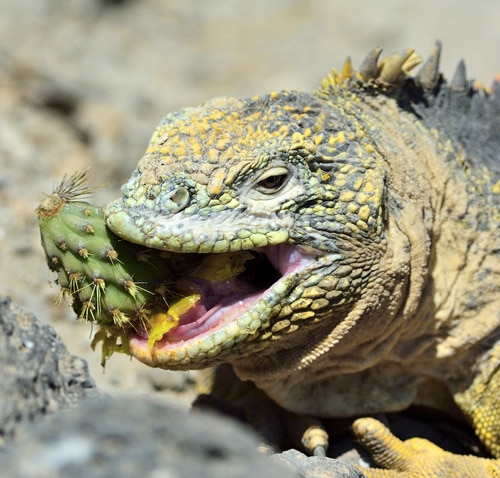
Land Iguana Eating Prickly Pear
The fruit of the cactus plant looks so friendly and bashful, with furry dots on it. Actually, these furry dots are zillions of hair like thorns and they steal into the skin. The Prickly Pear can be eaten after removing its sharp and strong thorns. But to get the fruit of the cactus plant, there are few ways. Thick gardening gloves should be worn on the hands. But the gloves will then be covered with dangerous hair, thorns that will attack you the next time you touch them. Kitchen forceps are ideal because they keep the thorns at a safe distance and they can also be washed clean without touching the skin.
Capture a Prickly pear in the forceps and twist it smoothly off the cactus. Ripe fruits are redder and they easily released from the tree. Place a prickly pear on the cutting board by using forceps. Use a sharp knife, cut off each end of the fruit.
Uses
Raw cactus, prickly pear is used in smoothies and fruit salad. This fruit is also used in the making of jam, candy and jellies and in savory dishes like chili. It provides health benefits and it is ideal for losing weight. This fruit is high in Potassium and low in Sodium so it is helpful in preventing high blood pressure. This fruit contains Magnesium, dietary minerals, Calcium and Vitamin C. So it is good for your muscle function and bone health. It is also used to treat diabetes, diarrhea, colitis, alcohol hangover, high cholesterol and obesity. It is also helpful in the treatment of viral infections.
Side Effects
Prickly pear cactus is generally safe, when used as a food. The flowers, leaves, fruits, stems and the extracts of this fruit are also safe till date. Hence, they are used in making food as well as medicines. But it can cause some side-effects if not used in an appropriate quantity. The side-effects caused are commonly due to the over intake of this pear and causes nausea, mild diarrhea, bloating, frequency and increased amount of stool and headache. There is no much evidence about the side-effects of this pear on breastfeeding or pregnant women, hence, to be on the safer side, avoid using the prickly pear cactus fruit during nursing or pregnancy. Similarly, it is believed to control the sugar levels in the blood, hence the diabetic patients should be careful regarding the low blood sugar levels. A person, who is planning to undergo any kind of surgery, should stop using prickly pear cactus at least 2 weeks before the schedule of the surgery, or it may be difficult to control the blood sugar levels during the surgery and post surgery.

Having discovered a fondness for insects while pursuing her degree in Biology, Randi Jones was quite bugged to know that people usually dismissed these little creatures as “creepy-crawlies”.

